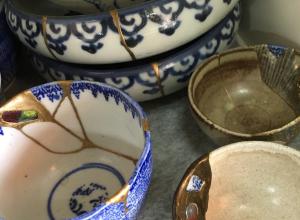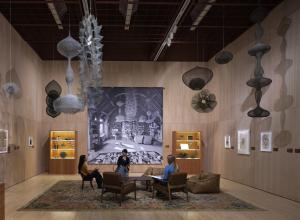The first display within the exhibit offers an introduction to the names and faces of Pompeian women. On one side, a gently moving text projection of countless women's names recorded from inscriptions across the site over its long archaeological history dances across the wall. On the other, a brief primer on recognizing women through portraiture and other media provides useful context for viewing other images throughout the exhibit.
A few examples of women' s portraits in marble and painted fresco accompany this display, each one showcasing the distinct individualism of the women sitters that was a hallmark of Roman painting and sculpture. From here, the rest of the exhibit consists of a long ambulatory that weaves from left to right with section introductions preluding each set of companion artifacts.
Unfolding chronologically, we begin with birth and childhood, moving on to adolescence into adulthood, then to marriage and matrons. Next are the different aspects and ways of adult life, including high status women of elite houses, working women, freedwomen, sex workers, and many other life paths of ancient Pompeiian women and what they engaged in– from leisure to work, and many things in between.
The curators’ aim was most certainly to showcase the diversity of Pompeiian women's experiences. However, in many sections, there was a common theme centered on the level of financial and social power and mobility that Roman women had achieved, especially compared to their Greek predecessors. Many displays highlight women's responsibilities in solely managing their household and individual finances, the education of children, their roles as entrepreneurs, proprietresses, and benefactresses, and their frequent engagement in intellectual and artistic pursuits.


![DEl Kathryn Barton [Australian b. 1972] the more than human love , 2025 Acrylic on French linen 78 3/4 x 137 3/4 inches 200 x 350 cm Framed dimensions: 79 7/8 x 139 inches 203 x 353 cm](/sites/default/files/styles/category_card_187x139/public/ab15211bartonthe-more-human-lovelg.jpg?itok=LJbNuU6F)

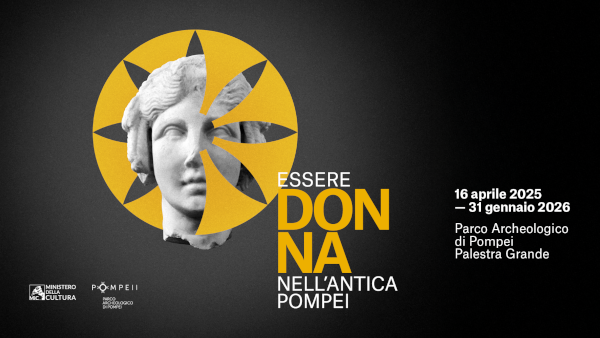
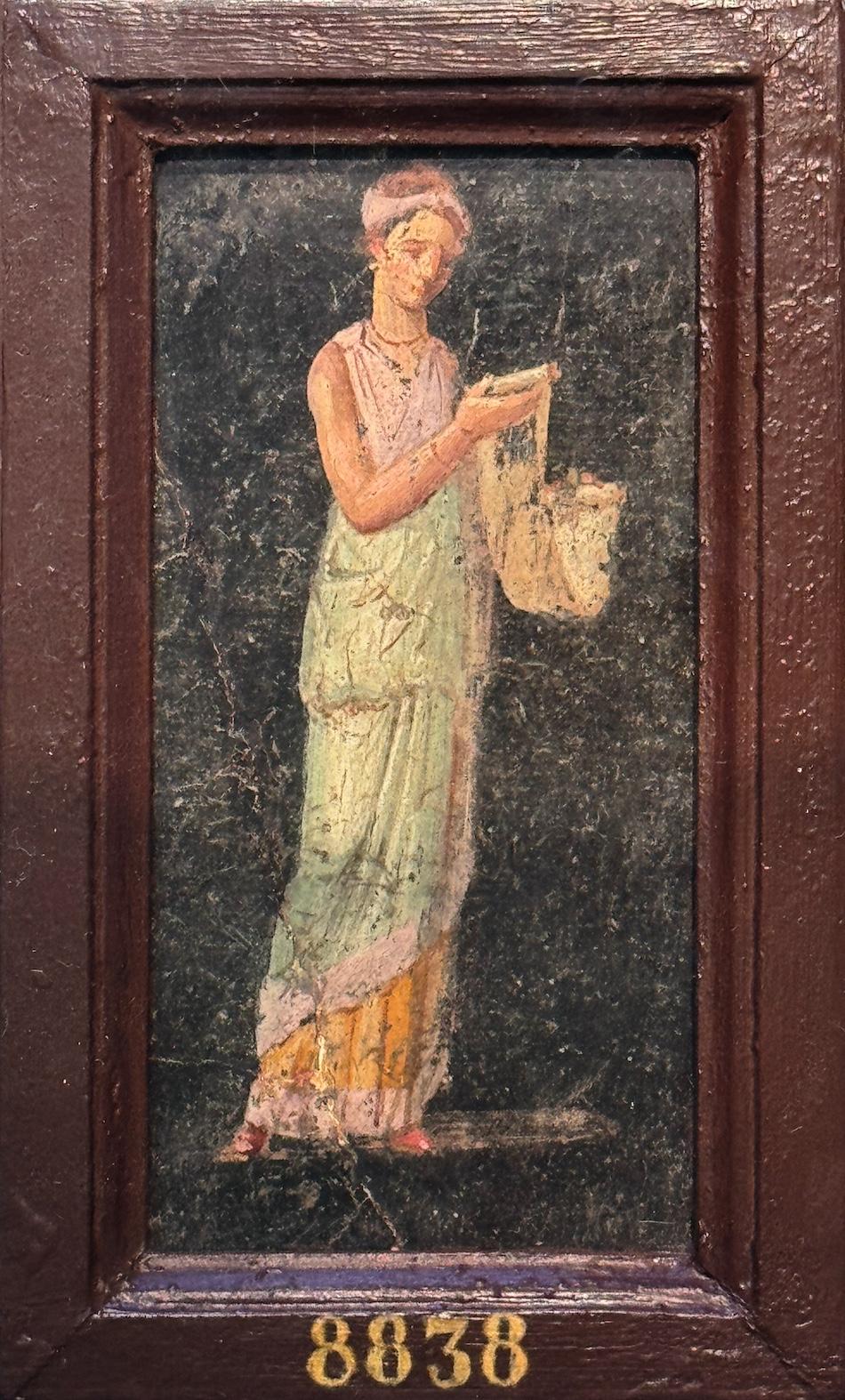
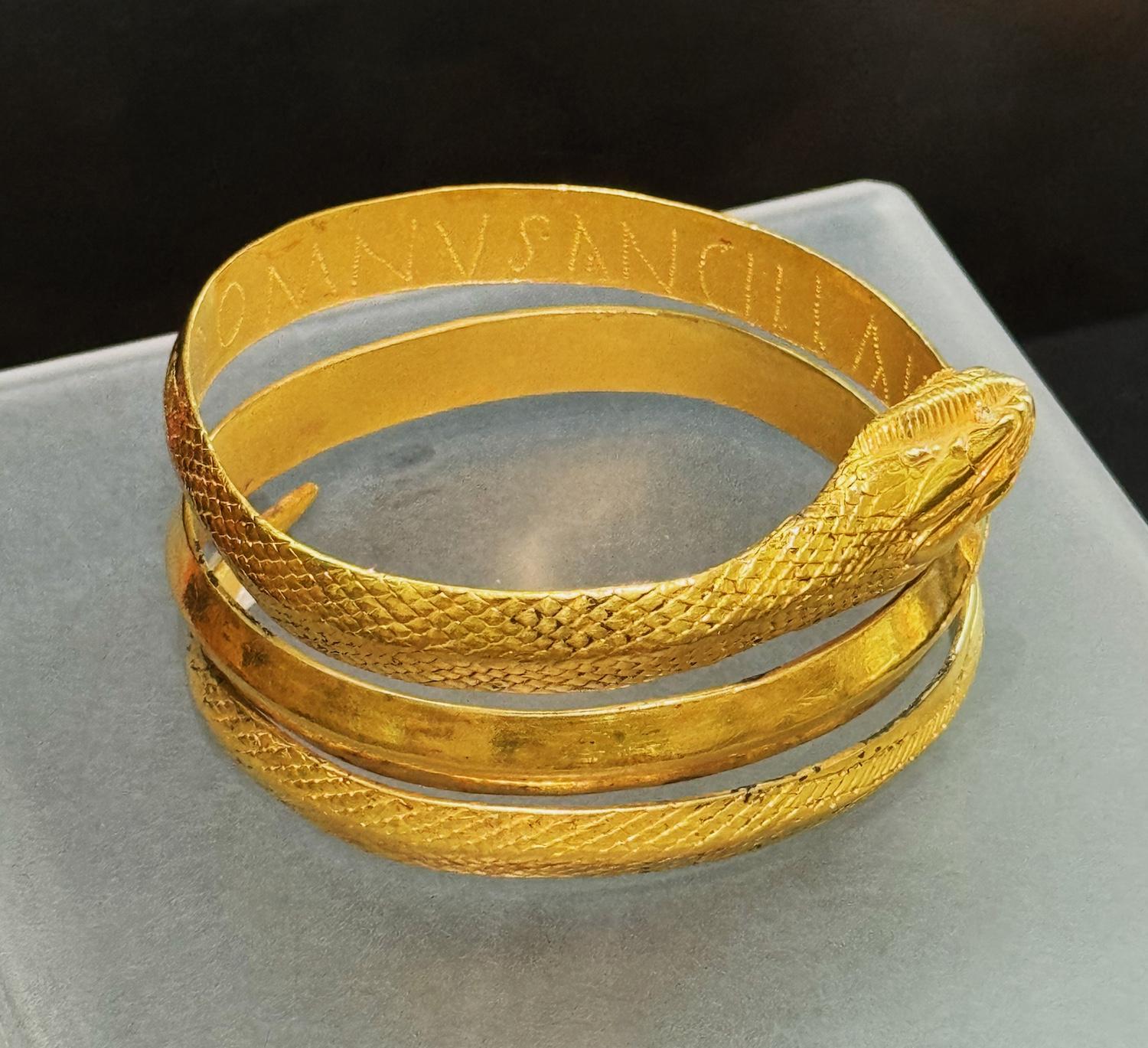
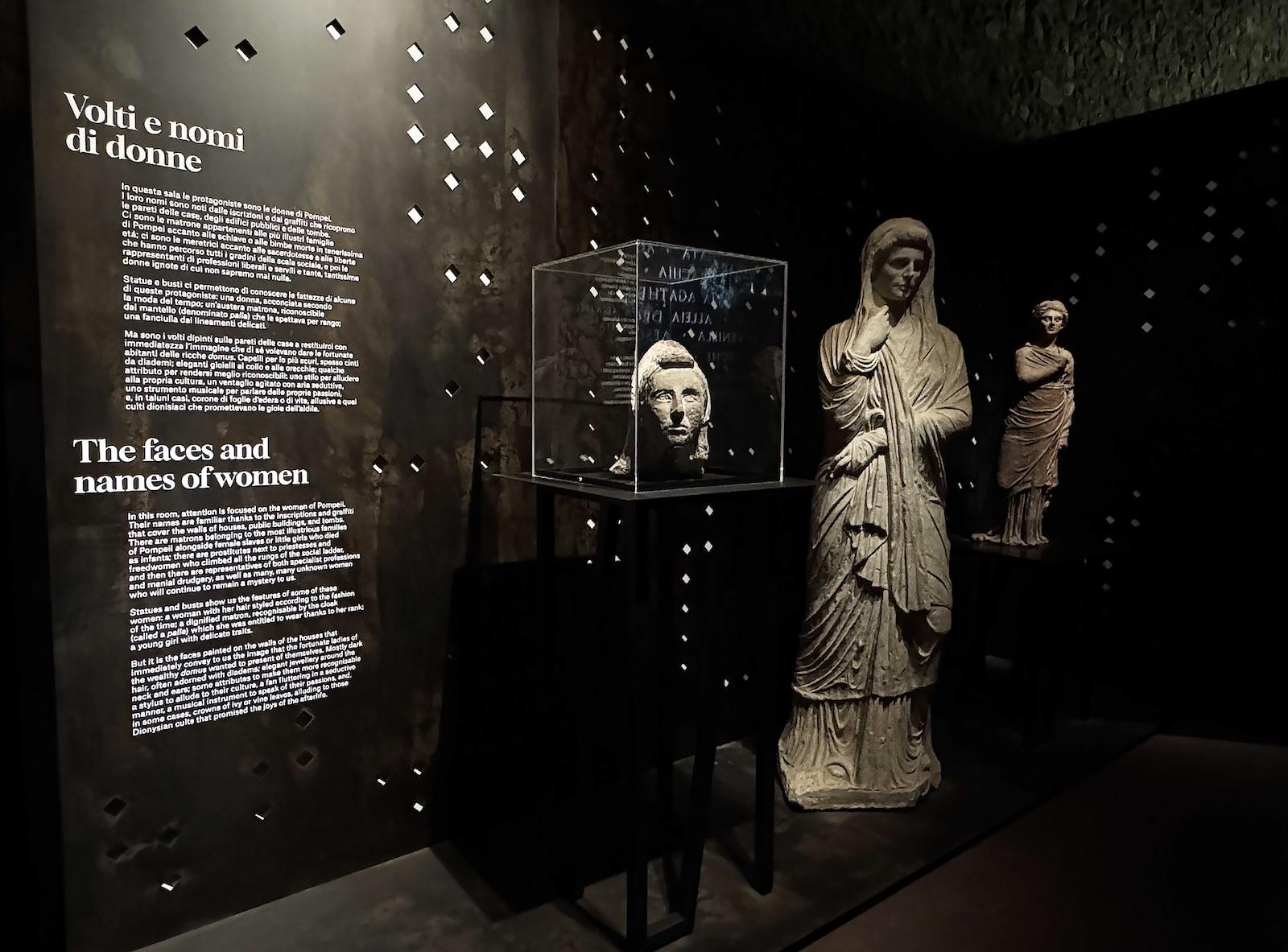
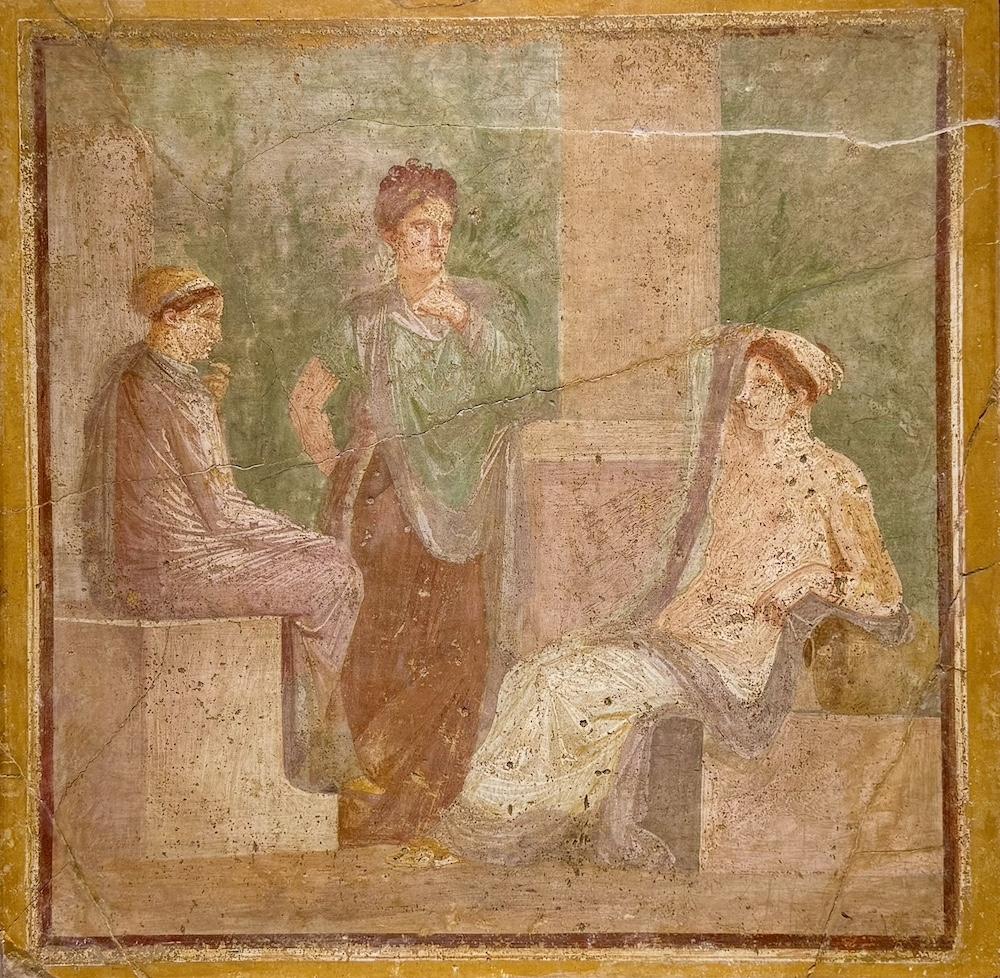

![DEl Kathryn Barton [Australian b. 1972] the more than human love , 2025 Acrylic on French linen 78 3/4 x 137 3/4 inches 200 x 350 cm Framed dimensions: 79 7/8 x 139 inches 203 x 353 cm](/sites/default/files/styles/image_5_column/public/ab15211bartonthe-more-human-lovelg.jpg?itok=wW_Qrve3)
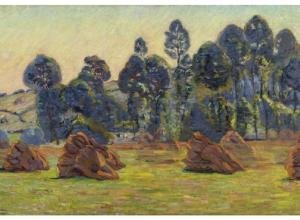
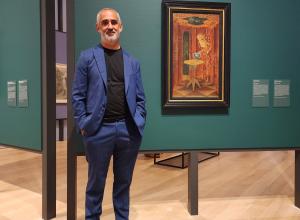
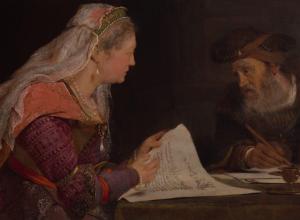
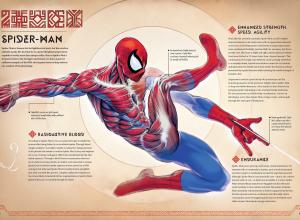
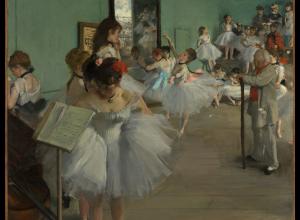








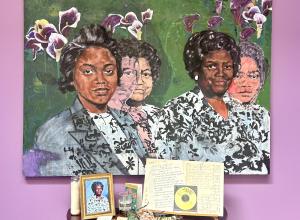

![Merina [Pop Chalee] Lujan, Taos, 1906 – 1993, Yellow Horse, gouache on paper, 13 1/8 x 18 1/8 in. (33.3 x 46 cm.) Estimate: 1,000 – 2,000](https://www.artandobject.com/sites/default/files/styles/image_5_column/public/4630-58.jpg?itok=kBAYkc0u)

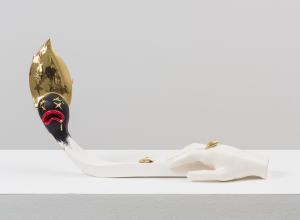

![Ginevra de’ Benci [obverse]. 1474/1478. Leonardo da Vinci. Oil on Panel. Ailsa Mellon Brue Fund, National Gallery of Art.](https://www.artandobject.com/sites/default/files/styles/image_5_column/public/ginevradebenciobverse196761a.jpg?itok=hIzdUTaK)

